Scores




Overview
AAP Asthma Care for Clinicians is a comprehensive review of various resources that are useful for clinicians to manage their asthmatic patients. This product is designed by the American Academy of Pediatrics and is one of several apps released by the AAP. Using AAP Asthma Care for Clinicians, a user will have access to a range of tools such as levels of control of asthmatic symptoms, medication efficacy, patient education, and a chance to correspond with patients directly that may be suffering from an asthma attack.
Features
AAP Asthma Care for Clinicians is only available on the iOS platform but once downloaded, a user with have access to a variety of useful features that can help in clinical management of patients. Once users create an account and enter some basic background information, they will be able to use a number of programs within the app.
Connecting with patients is the first tab worth noting because of the clinical importance of managing asthma. According to the CDC, the prevalence of asthma in the United States is 8.6% in the pediatric population and 7.4% in the adult population from 2014. This demonstrates that asthma is a disease of society and a very common occurrence in the hospital wards.
In most pulmonology clinics, there are simple stepwise tables that list the medications needed based on the severity of the symptoms yet patients can often go months suffering from sporadic dyspnea without changing their treatment regimen. If physicians have a chance to contact their patients on a simple messaging boards, patients may reveal this new symptoms that they may not realize are more severe forms of this disease and require new medications. This would lead to improved qualities of life because symptomatic episodes would become more of a rarity.
The next tab that is useful to a clinician is the patient graphs that can quantify the number of days each month that patients have symptoms of dyspnea. This is important in management because it may be hard for patients to recall on a monthly visit the number of times that they had problems sleeping at night or asthma attacks. As a result, clinicians often have to accept estimations and ask how many times a week a patient may have problems of breathing. This can lead to problems managing patients if you’re dealing with an infant or adult patient with poor memory recall and can result in insufficient medication to treat the disease. Having a diary that can track symptoms daily can lead to making sure there is a resolution of symptoms sooner for the patients so stronger medications can be used instead.
Patients frequently enter our ER clinics complaining of missed medications because they were not instructed on how to manage their asthma properly. This application can serve as a reminder as to what medications to take in order to alleviate dyspnea to not require an ER trip and then patients can schedule visits sooner to increase the strength of their medications.
Clinicians will also have an opportunity to learn and have access to a number of peer-reviewed journal articles dealing with new research in asthma. This could improve physician’s understanding of the disease and ultimately improve the quality of managing the symptoms.
This application is more centered around the patient and can help patients not only track their symptoms and management for medications but also list some of the common triggers that could cause patients to have a reaction. This is very useful for a pediatric population because they do not have the years of experience of an adult patient to understand their disease and the triggers that can cause the symptoms. This will help physicians better educate their patients and may lead to life-saving referrals to the allergologist to determine what other allergies may yet to be revealed.
Verdict:
For- Concise and contains a lot of useful material for an asthmatic patient .
- Helps patients keep track of their symptoms more precisely so when they visit their physicians, medications can be adjusted to reduce symptoms .
- Valuable patient education resources to make sure patients understand their disease and how to manage it .
- Only available on the iOS platform so physicians with Androids are out of luck.
- Specific only to asthma so a pulmonologist must have to look elsewhere for COPD, emphysema, etc. to manage patients.




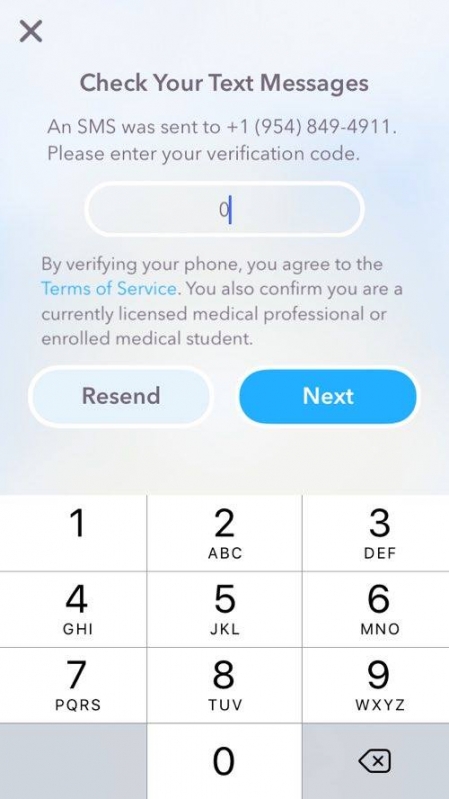
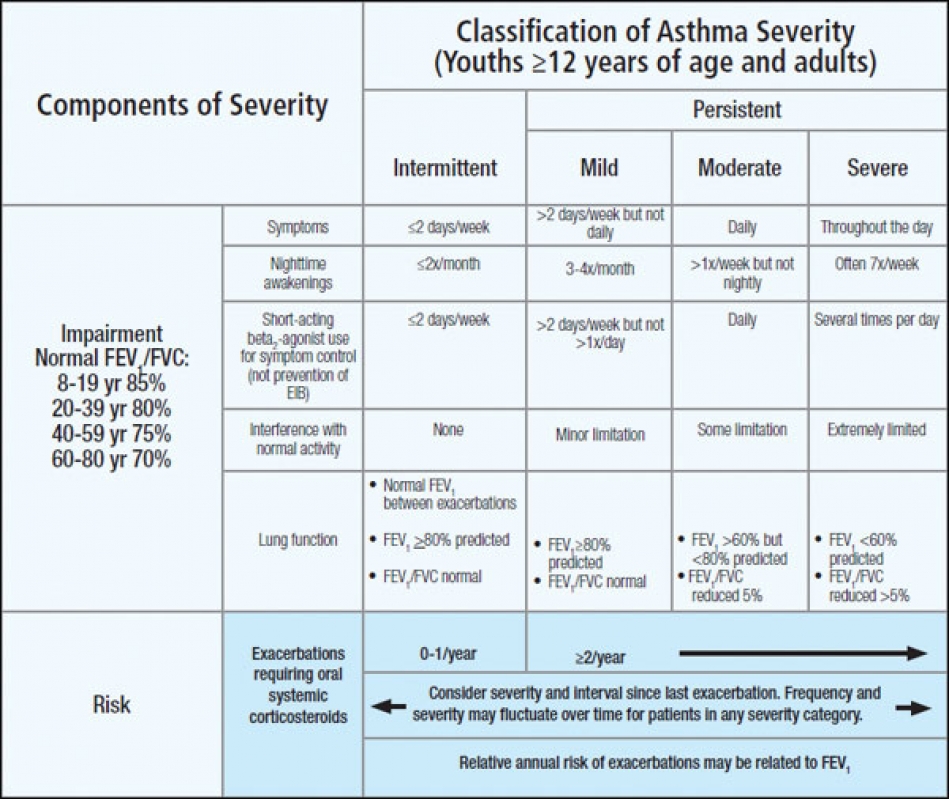
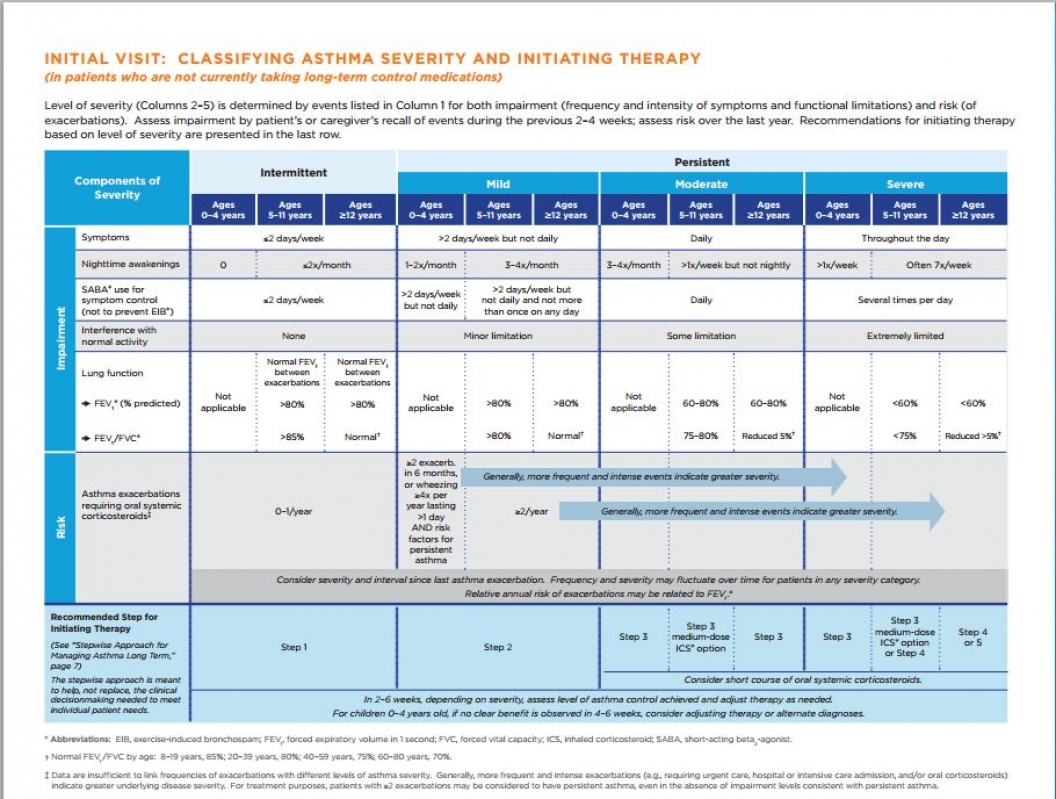
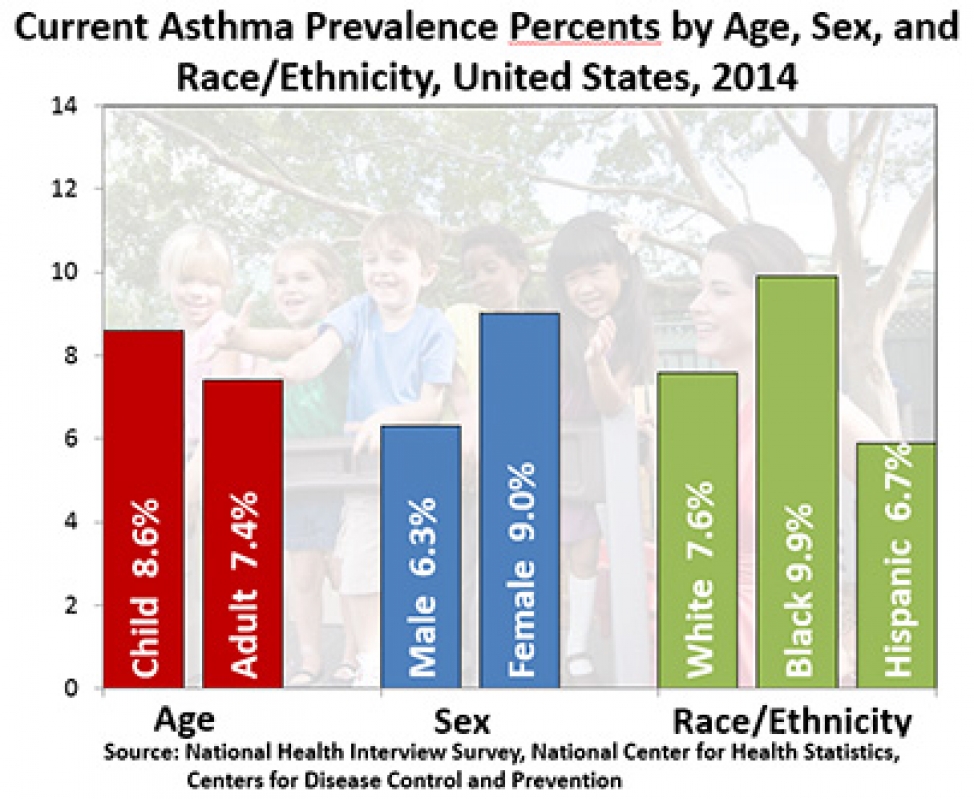
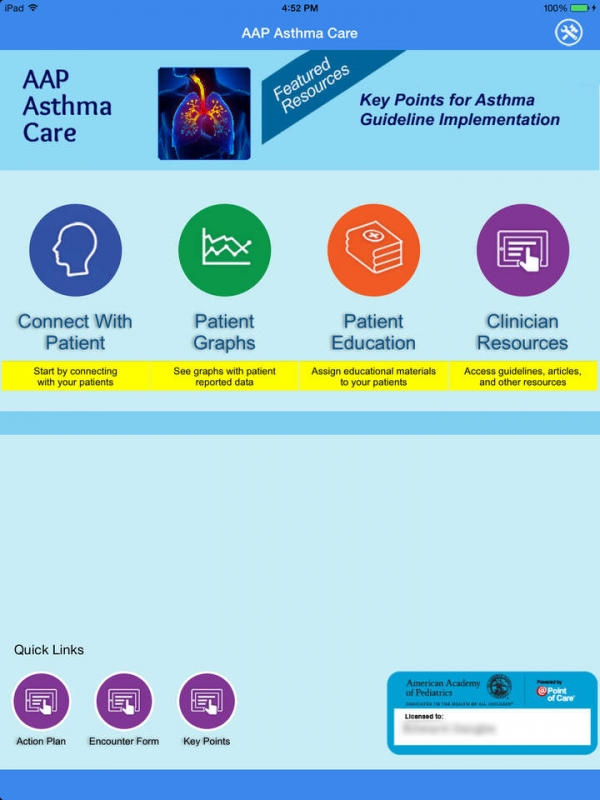
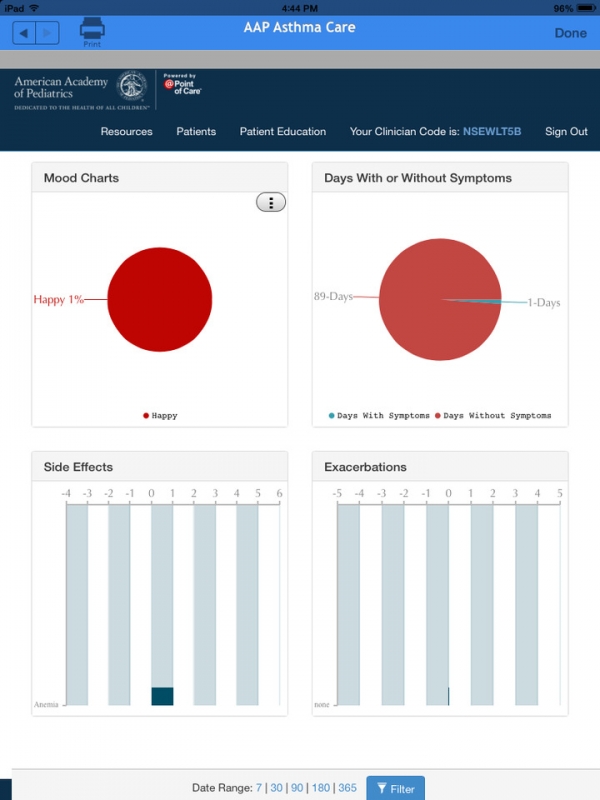
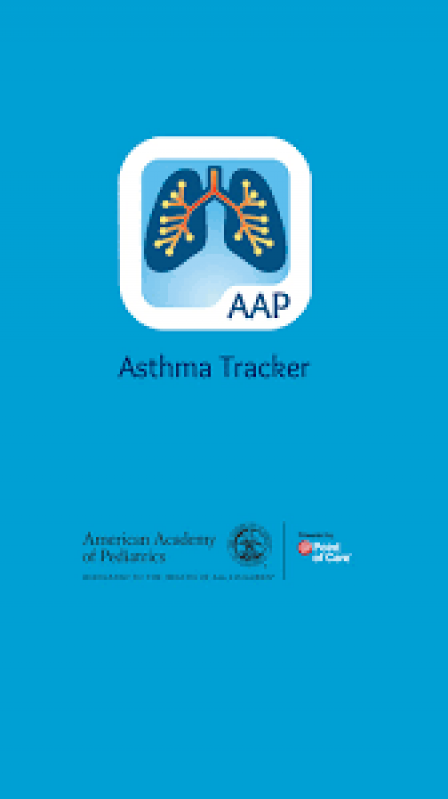
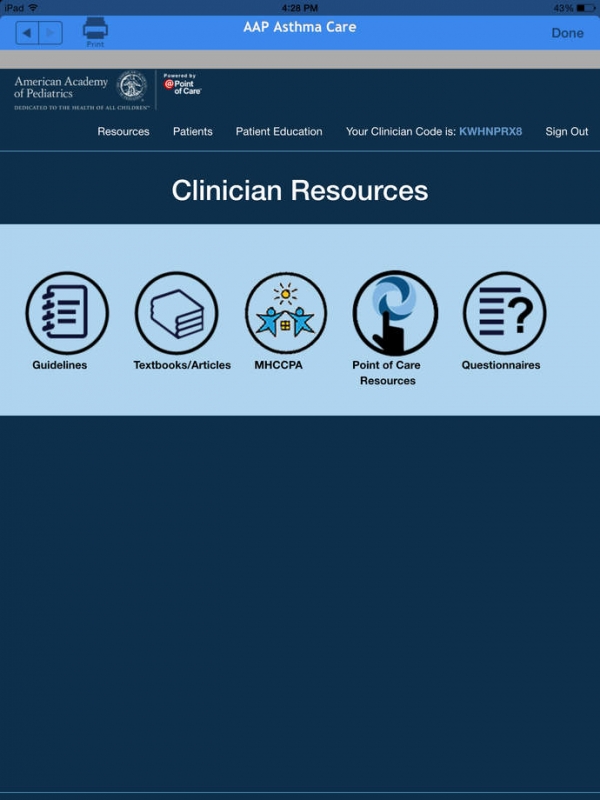




_f_280x120.jpg)












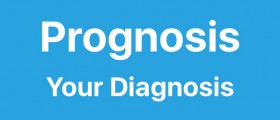












Your thoughts on this
Loading...